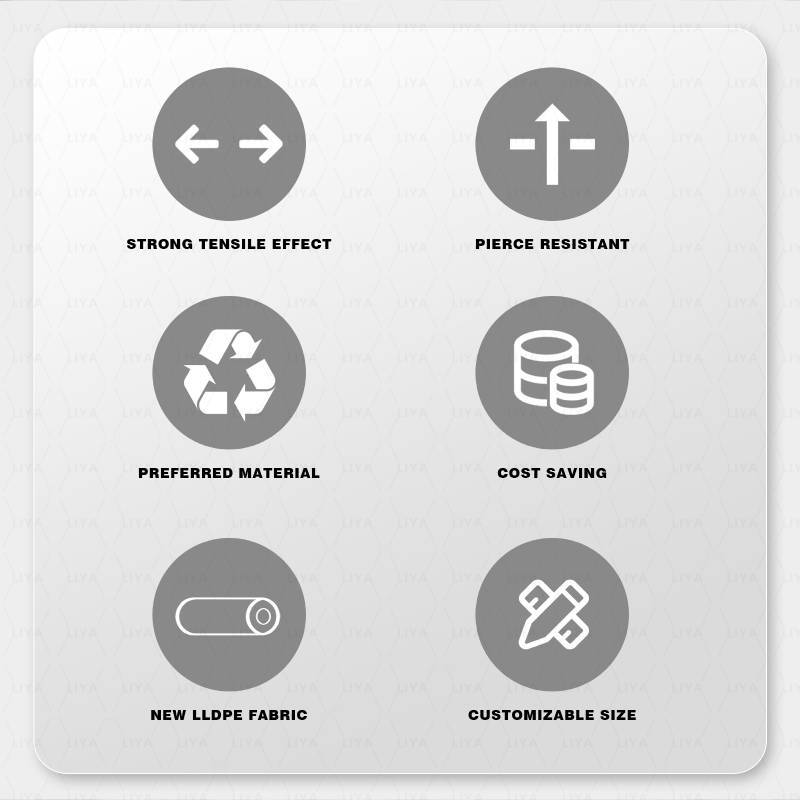composite containers packaging
The Rise of Composite Containers in Packaging
In recent years, the packaging industry has seen significant transformations driven by consumer demand for sustainability, functionality, and aesthetic appeal. Among the different types of packaging materials available, composite containers have emerged as a popular choice for manufacturers and consumers alike. These innovative packaging solutions combine two or more materials, each contributing unique properties to create a final product that balances strength, durability, and environmental considerations.
What Are Composite Containers?
Composite containers are designed using a variety of materials, including plastics, metals, and paperboard. This fusion allows for the creation of packaging solutions that are not only lightweight but also provide excellent barrier protection against moisture, oxygen, and light. Common examples of composite containers include those used for beverages, food products, and personal care items.
For instance, a popular composite packaging format is the aseptic carton, often found in milk and juice packaging. This container typically consists of layers of paperboard, aluminum, and plastic, each serving a specific function. The paperboard provides structural integrity, the aluminum acts as a barrier against light and oxygen, and the plastic layer ensures the package is sealable and convenient to use.
Advantages of Composite Packaging
1. Sustainability With the growing global emphasis on environmental sustainability, composite containers are gaining traction due to their potential for recyclability. Many manufacturers are now utilizing renewable resources, such as plant-based plastics, in their composite designs. Moreover, composite packaging can significantly reduce the amount of material needed compared to traditional packaging formats, leading to less waste.
2. Durability and Protection Composite materials offer superior protection for products. This is particularly important for food and beverages, which require long shelf lives. The barrier properties of composite containers help preserve freshness and extend the overall quality of the product, reducing spoilage and waste.
composite containers packaging

3. Consumer-Friendly Design The aesthetic appeal of composite containers cannot be understated. They can be designed in various shapes, sizes, and colors, allowing brands to create eye-catching packaging that stands out on store shelves. Additionally, composite containers are often lightweight and easy to handle, making them convenient for consumers.
4. Versatility Composite containers can be customized for a wide range of applications, from liquids to solids. Their adaptability allows brands to use a single packaging type across multiple product lines, simplifying logistics and reducing costs.
Challenges in Composite Packaging
Despite their numerous benefits, composite containers are not without challenges. One significant concern remains their recyclability. While some composite materials can be recycled, the layer of different materials often complicates the recycling process, leading to less efficient recovery rates. As the focus on circular economies intensifies, manufacturers are investing in research to improve the recyclability of composite packaging.
Additionally, the cost of materials and production processes associated with composite containers can be higher than traditional options. This may deter smaller manufacturers who operate on tight budgets. However, advancements in technology may eventually make these solutions more accessible.
The Future of Composite Containers
The demand for composite packaging is expected to grow as brands increasingly prioritize sustainability and convenience. Innovations in material science are poised to enhance the properties of composite containers, making them even more efficient and environmentally friendly. Moreover, as consumers become more aware of packaging choices, brands will likely prioritize transparent communication about the benefits and recyclability of composite containers.
In conclusion, composite containers are revolutionizing the packaging landscape by offering a blend of sustainability, durability, and visual appeal. As the industry continues to evolve, these multi-material solutions are set to play a pivotal role in shaping the future of packaging, catering to both manufacturers and consumers in their quest for smarter, greener options.
-
The Best Uses for Small Trash Bags in Daily LifeNewsJul.01,2025
-
Stylish Reusable Grocery Bags TrendsNewsJul.01,2025
-
Shipping Advantages of Using Bubble Envelopes BulkNewsJul.01,2025
-
How Compostable Mailing Bags Reduce Environmental ImpactNewsJul.01,2025
-
Environmentally - Friendly Bulk Poly MailersNewsJul.01,2025
-
Eco Friendly Custom Laminated Tote BagsNewsJul.01,2025
-
Have the freedom of customizing your custom mailers any way you want! Our dedicated packaging support will help deliver you the mailing experience you need to elevate your shipping experience to the next level! Start making a strong impression on your customers and stand out from your competitors! -
LIYA uses high quality raw materials which directly purchased from large enterprises domestic and overseas such as PetroChina, Sinopec, Sabic, Equate, ExxonMobil, Dow Chemical, Total, and Borouge, ensuring the price advantage and quality of the raw materials. -
LIYA uses high quality raw materials which directly purchased from large enterprises domestic and overseas such as PetroChina, Sinopec, Sabic, Equate, ExxonMobil, Dow Chemical, Total, and Borouge, ensuring the price advantage and quality of the raw materials.





